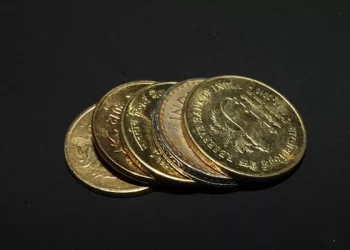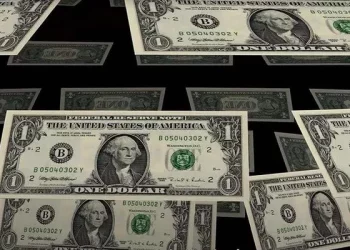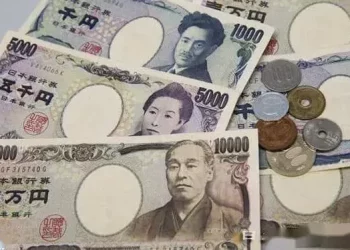Reserve, also known as international reserve, refers to the general term of gold and other reserves used by a country’s government for stability, balance and payment of foreign debts.
The IMF DEFINES THE INTERNATIONAL reserves OF ITS MEMBER COUNTRIES in four categories: gold, foreign exchange, AND reserve positions OF MEMBER countries within the Fund.
The amount of a country’s international reserves, currency types and degree of hardness and softness are an important symbol reflecting the country’s international solvency and national economic strength.
In the narrow sense, international reserves are limited to unconditional international solvency (that is, own international reserves) and do not include conditional international solvency (that is, a country’s potential borrowing capacity).
International reserves are usually defined in a narrow sense.
Generally speaking, the international reserves of a country can be divided into two parts: one part is used to cover the daily deficit and intervention needs, called trading reserves;
The other part is used for unexpected and unpredictable internal and external shocks, called precautionary reserves.
The former is consistent with the amount of reserves needed to cover deficits and intervene in foreign exchange markets, while the latter requires diversification.

























